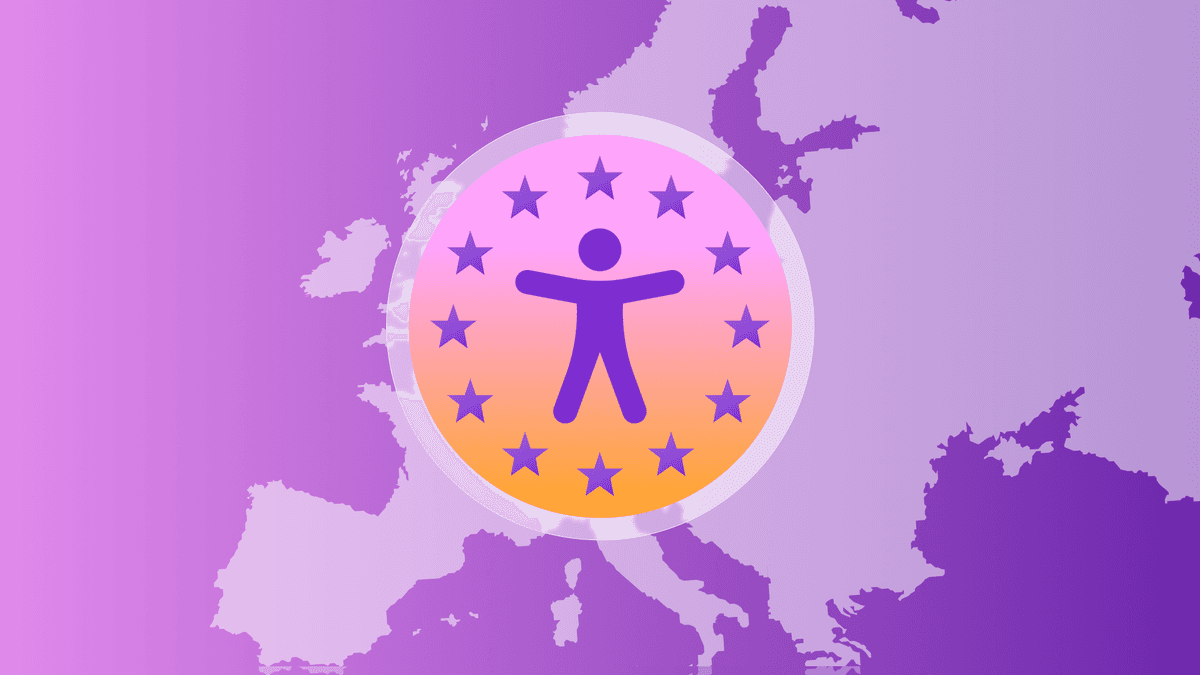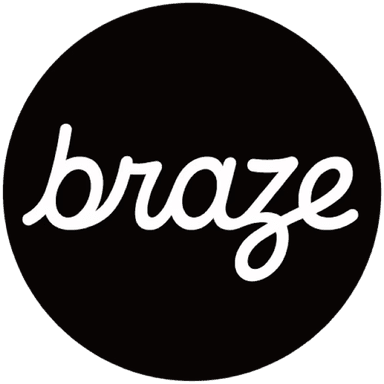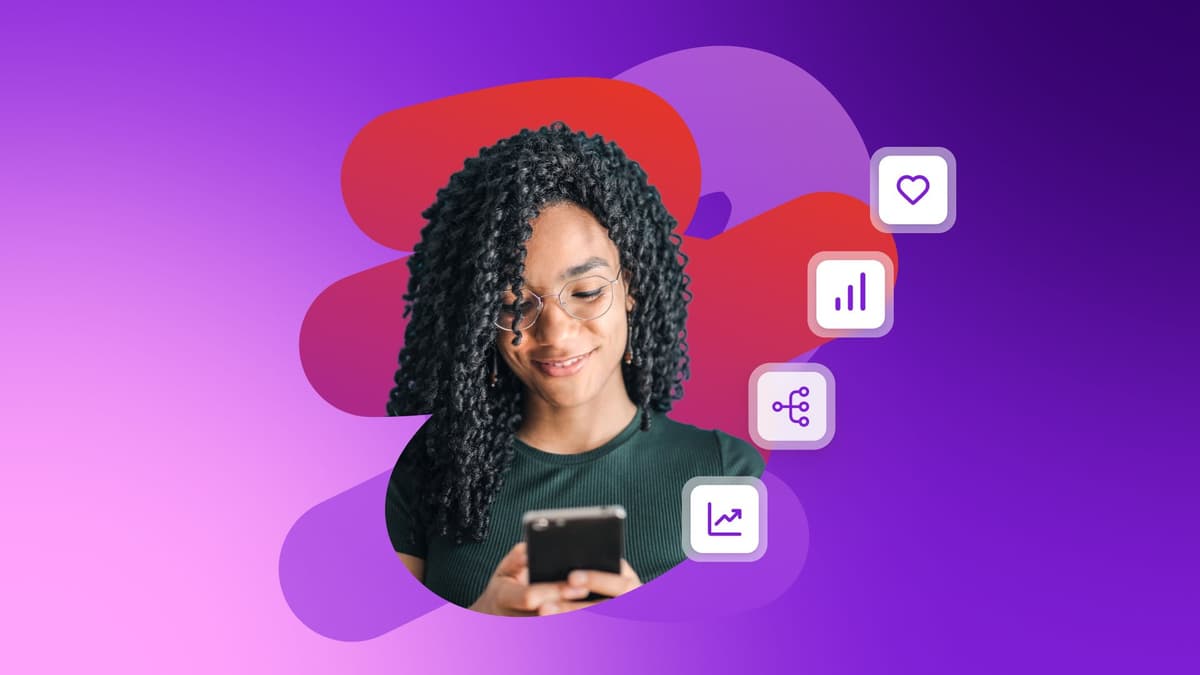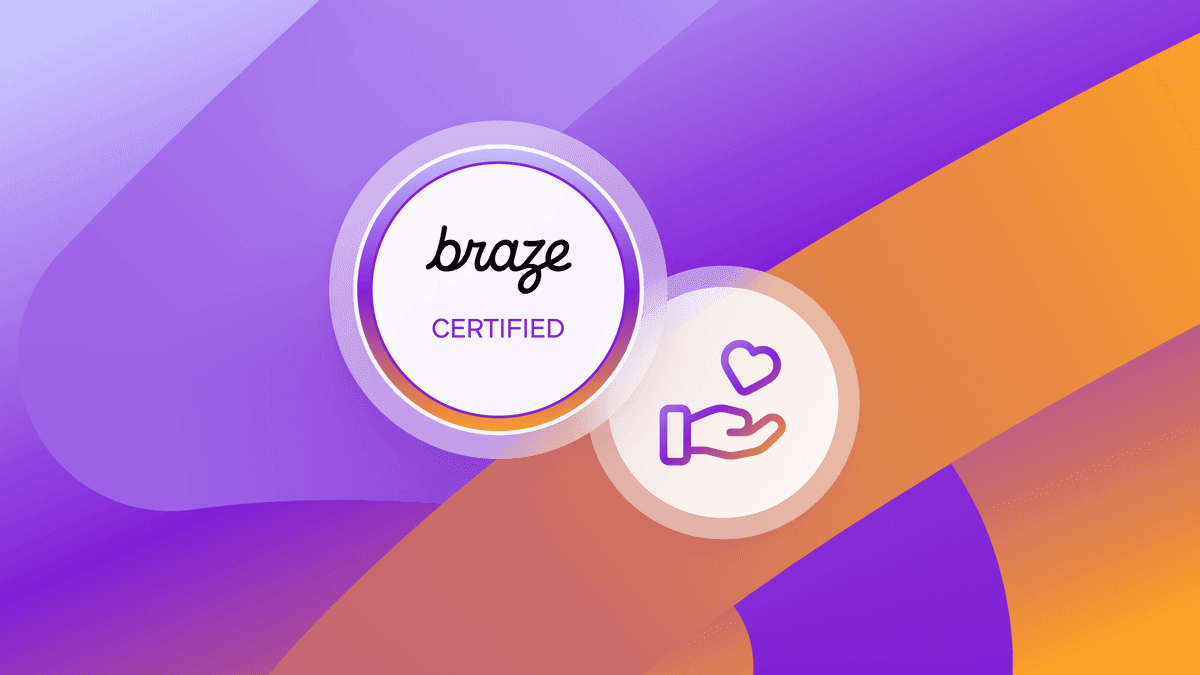The European Accessibility Act: How marketers can respond
Published on May 22, 2025/Last edited on May 22, 2025/7 min read

Published on May 22, 2025/Last edited on May 22, 2025/7 min read


Since the earliest days of digital marketing, accessibility best practices have been developed to help businesses improve their online experiences for all users—including the more than 1.3 billion people worldwide with disabilities (or about 16% of the world’s population), whose spending power is estimated to add up to $7 trillion.
The European Accessibility Act (EAA) is a new European Union (EU) accessibility directive that goes into effect June 28, 2025. The EAA is intended to raise the bar for accessibility when it comes to products and services—including electronic content, electronic communications services, audiovisual media services, and websites and mobile device-based services including mobile applications — for people living in the EU, where 25% of the population ages 16 and up (about 101 million people) have a disability.
The European Accessibility Act is legislation that’s designed to create uniform accessibility standards across member EU nations. As part of these new requirements, brands must adhere to the Web Content Accessibility Guidelines (WCAG) 2.1 Level AA standards and ensure their electronic content, websites, apps, and other digital experiences are:
Even companies based in other parts of the world will be required to be in compliance if they have apps, websites, and other digital content, communications, and experiences that are available in the EU. And while brands are currently required to follow 2.1 Level AA standards at a minimum, marketers can get ahead of potential future expectations by considering implementing WCAG 2.2 best practices as well.
Every marketing interaction—from app sessions and website visits to email opens and push notification clicks—is an opportunity for brands to create deeper relationships with their customers across their customer lifecycles. When brands fail to create inclusive digital apps, websites, messages, and other experiences, they miss out on those opportunities to acquire and retain potential customers. And that has real financial costs, too—estimates range from
hundreds of millions to billions, annually, due to issues like legal expenses, lower conversion rates, lost revenue and market reach, and tarnished brand reputations.
We’ve rounded up a list of steps you can take to help make it easier for your audience to engage with your messaging and make your content, campaigns, and experiences as accessible as possible for the global community of people with disabilities. The following marketing accessibility tips are inspired by the World Wide Web Consortium (W3C)’s recommendations included in the W3C: Diverse Abilities and Barriers and Web Content Accessibility Guidelines.
Content
Links
Buttons
Images and alt text
Videos
Color contrast
Forms
To help you audit and review your emails for accessibility, we’re rolling out new capabilities to the Braze platform’s email preview tool Inbox Vision ahead of the June 28 EAA date. This solution allows teams to test and view emails from the perspective of various types of email clients and devices—all in one central location within the Braze platform, without having to send test emails—to ensure campaigns are rendering as desired for customers.
We’re expanding Inbox Vision to include a new accessibility testing tab that will automatically review your emails against specific accessibility criteria, including some of the standards included in W3C’s Web Content Accessibility Guidelines. For instance, Inbox Vision can check whether:
These updates are designed to remove some of the manual effort involved in reviewing email campaigns to make sure they’re following accessibility best practices. By being able to see at a glance whether your campaigns are meeting select guidelines (or not), Inbox Vision’s automated tests makes it faster to scale your email accessibility efforts.
Ahead of the June rollout of the EAA, we’re also planning to release a new capability in the Braze platform’s HTML in-app message composer. Within the editor, Braze will automatically scan your in-app message content and flag common accessibility concerns—such as missing alt text, low color contrast, or improper heading structure—so you can fix them early in your workflow. By catching issues before launch, you’ll ensure a more inclusive experience for every recipient.
This is just the beginning. We’re actively working to expand these proactive accessibility checks across other message editors in Braze throughout the year, because designing with empathy and inclusivity in mind shouldn’t be an afterthought.
Making your digital marketing more accessible for as many of your users as possible isn’t just the right thing to do, it’s also what makes the most sense for brands looking to grow their businesses, strengthen their relationships with customers, and bolster their brand reputations.
Ready to take your accessibility efforts to the next level ahead of the roll out of EAA? Be sure to check out the new Braze Accessible Messaging Foundations course (available for current Braze users) and our guidelines for creating more accessible marketing messages.
Sign up for regular updates from Braze.




